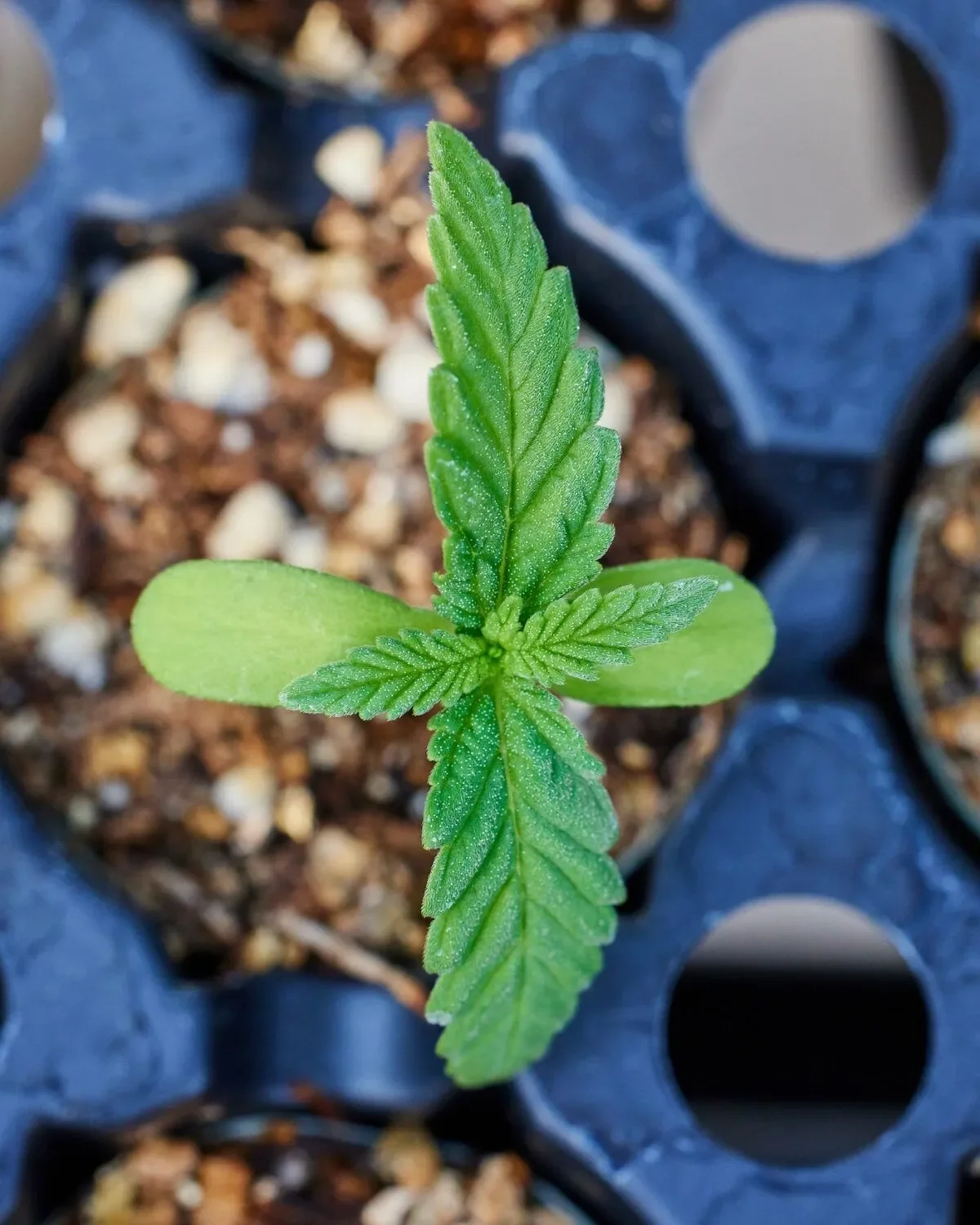Everybody who’s tried marijuana before is familiar with the fact that it is one of the more pungent plants out there. So what causes this anyway? Why does cannabis smell the way it does, and why is there such a variety to these smells? The answer: Terpenes.
Terpenes are essential oils, found throughout nature in just about everything worth a smell. From sage and lavender to oranges, mangos, and hops, terpenes are found in just about everything with odor, including Cannabis.
Terpenes are more than just smell, however. Independent studies have revealed that there may be some therapeutic value to the molecules when either ingested or inhaled. Think about this: how do you feel when you take a smell of fresh lavender? Generally, the pleasant smell leaves you feeling very relaxed, an excellent de-stressor. Another example: What happens when you bite into a lemon? Odds are the sour taste and smell will leave you awakened and invigorated. Well, there are terpenes associated with these feelings: Linalool in Lavender and Limonene in Lemons. And both of these terpenes, along with many others, are found in cannabis.
This week we are going to dive in to two lesser known yet ever-present terpenes: Linalool and Beta-Caryophyllene.
Linalool
One of the minor terpenes found in cannabis, Linalool conveys a soothing floral aroma, similar to that of Lavender. In fact, Linalool is found in lavender, along with more than 200 species of plants, including a variety of mints and herbs, such as the Indian Bay Leaf and Basil.
And while this terpene may not be as dominant as others, like Myrcene and Limonene, this doesn’t negate the medicinal properties associated with it. Linalool has a number of therapeutic traits.
It has natural analgesic properties, which can be helpful for such conditions as multiple sclerosis, dystonia, arthritis, post-operative pain and chronic pain. Linalool is also known to have Anti-Consultant properties, which can be very desirable for those who suffer from epilepsy, nerve damage, or another convulsing condition.
Linalool can also be an effective sleep aid. The terpene possesses natural sedative qualities, so those looking for a good night’s sleep may wish to find a strain of cannabis that has higher levels of Linalool. Remember to follow your nose! Smelling multiple strains of cannabis is key to detecting a strain that may aid in your sleep.
Beta-Caryophyllene
Chances are, you’ve already been exposed to large amounts of Beta-Caryophyllene in your lifetime without even realizing it. Beta-Caryophyllene, or BCP, is found in many spices, such as oregano, cloves, hops, rosemary, and common household black pepper.
One trait that sets BCP apart from other terpenes is how it reacts with your body’s endocannabinoid system. BCP is often categorized as a cannabinoid because of how it binds to CB2 cannabinoid receptors, which causes no alteration in perception or motor skills. The body’s CB2 receptors control immune-regulatory proteins that are linked to inflammation and immune function throughout the body, giving BCP anti-inflammatory properties.
Like many of the other terpenes, such as Limonene and Pinene, BCP has been known to reduce anxiety and fight depression. This may yet be another feature of what is known as the “entourage effect”. One of the troubles with isolating the medicinal properties of cannabis is that there are so many medicinal traits associated with several different parts of the plant on several different levels of the plants biology. The prevailing theory is that all of the properties work best when taken together at once, rather than isolating a certain terpene or cannabinoid, since each terpene has their own special molecular trait that sets them apart from the rest. When working together, the medicinal value only increases, and Beta-Caryophyllene is very much a part of this entourage.
There it is! Knowledge of two more terpenes for you to keep under your cap next time you go cannabis shopping. Remember, higher-quality, responsibly and organically grown marijuana will have the highest yield on terpenes and cannabinoids, so keep this in mind next time you look for a natural remedy to whatever it is that ails you.
Next edition of Terpenes of Cannabis we dive into two very unique terpenes: Pinene and Humulene.
Sources:
https://www.whaxy.com/learn/linalool-cannabis-terpene?utm_source=mantis&utm_medium=recommend&utm_campaign=mantis&muuid=2cce4636XXX0b9cXXX45beXXX9e4fXXXa70bbfafc9c1
https://www.whaxy.com/learn/beta-caryophyllene?utm_source=mantis&utm_medium=recommend&utm_campaign=mantis&muuid=2cce4636XXX0b9cXXX45beXXX9e4fXXXa70bbfafc9c1







